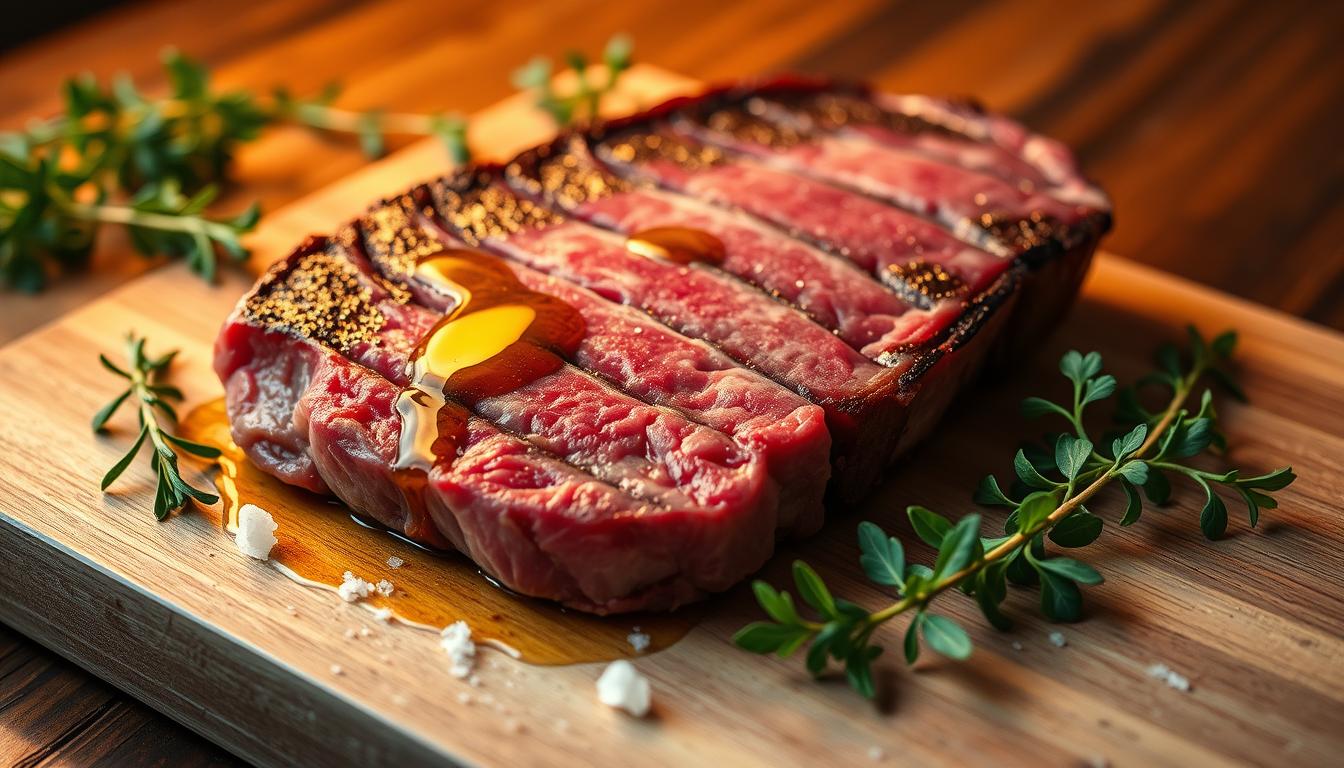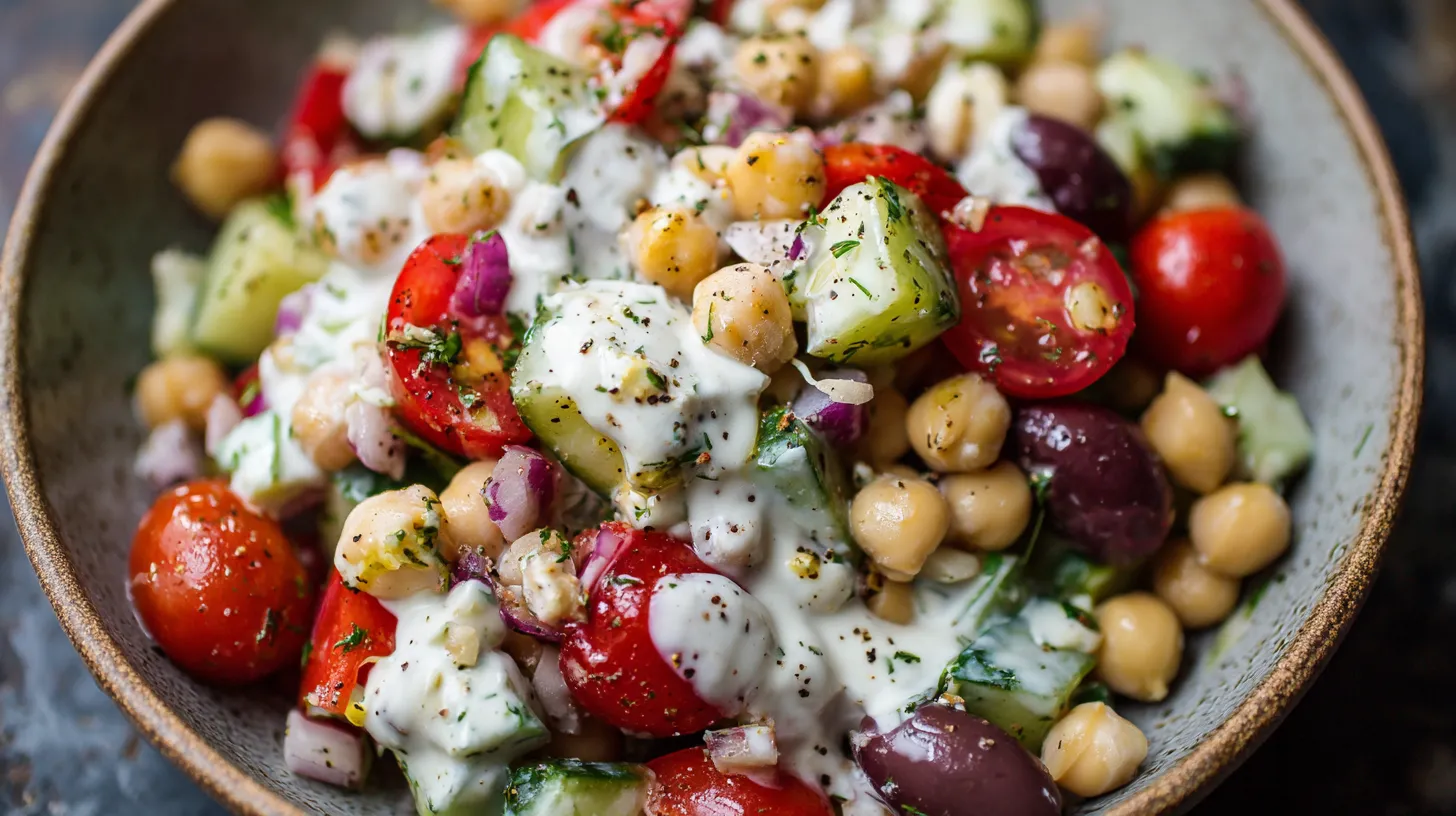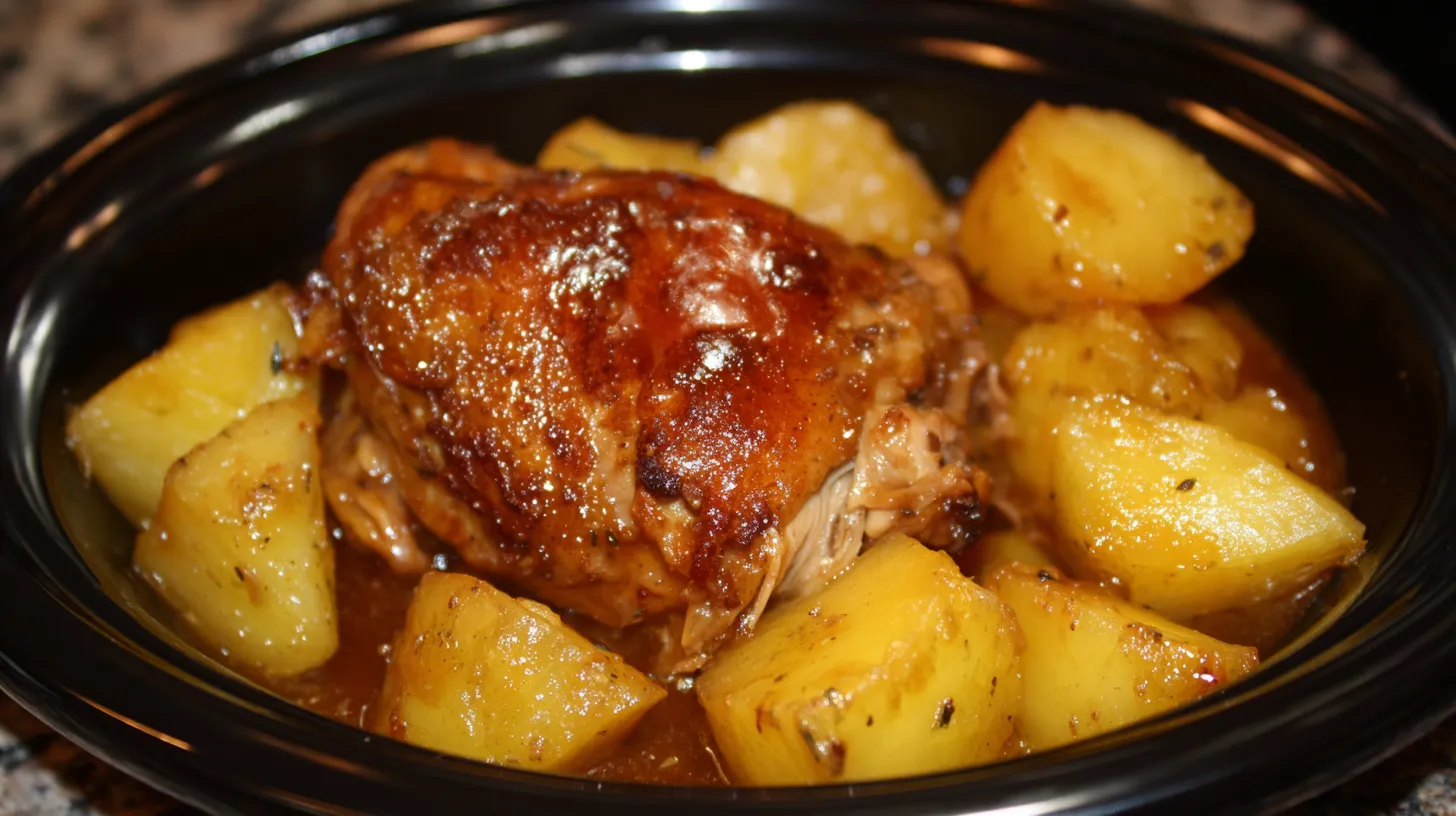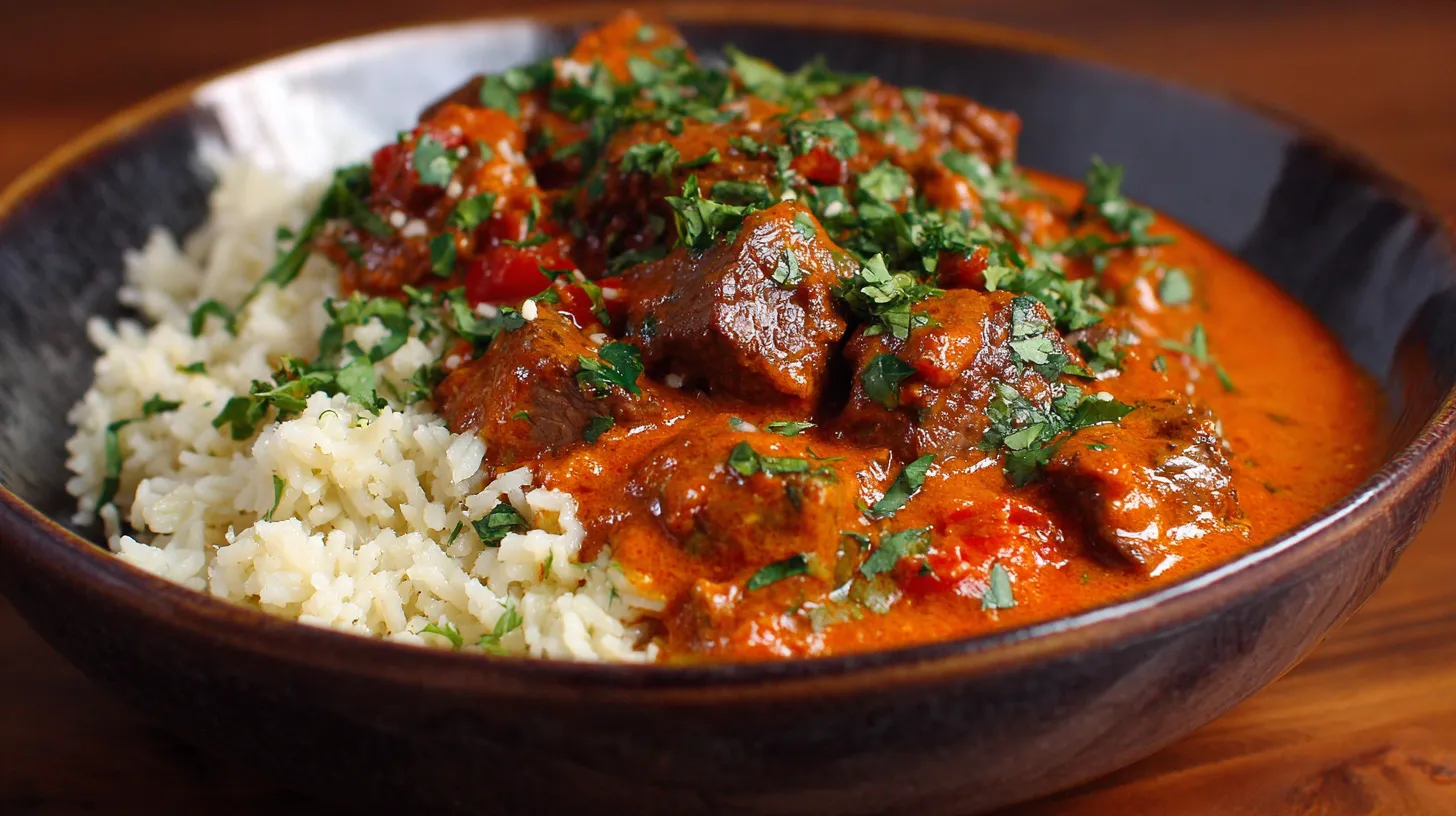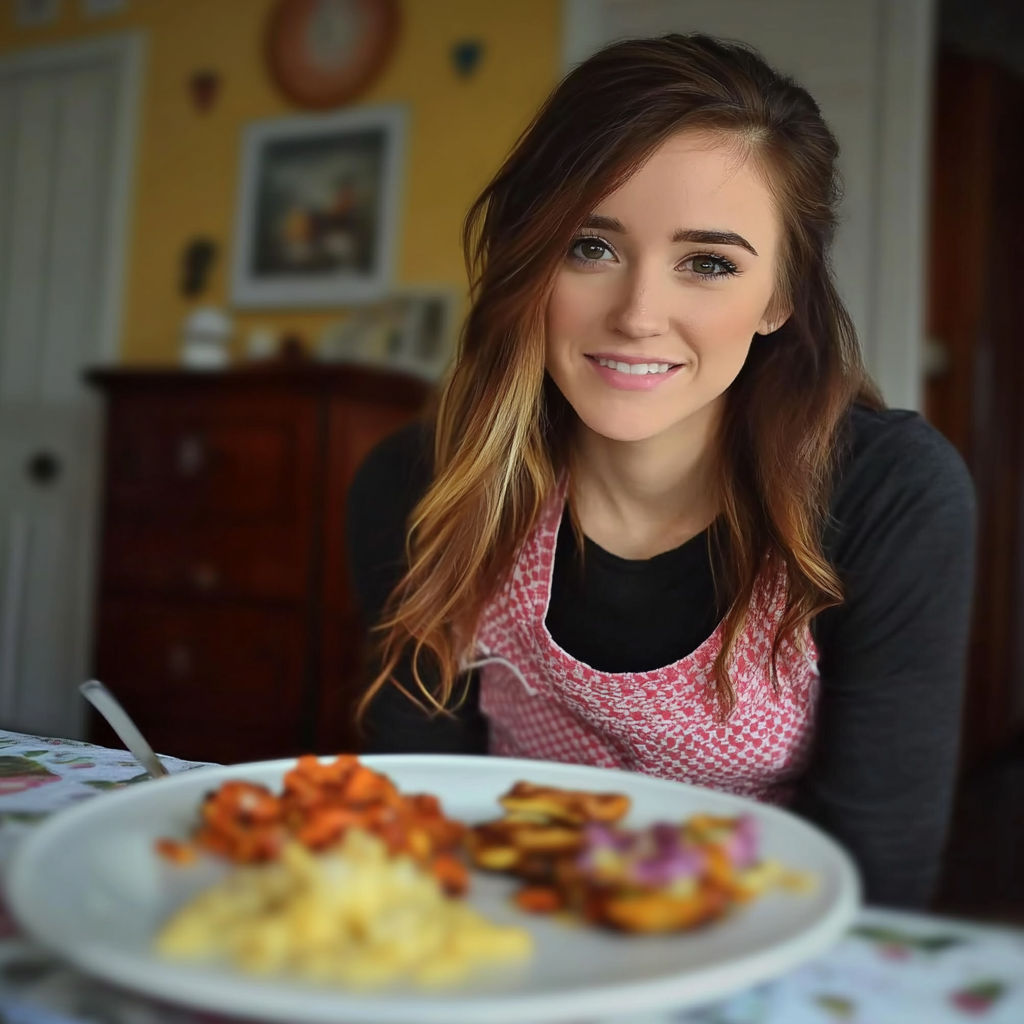I love steak and always look for the best cut. Then, I found flank steak bavette. It’s tender and full of flavor. This cut is loved by butchers and home cooks.
Bavette steak comes from the sirloin area. It’s juicy, tender, and tastes like real beef. Unlike expensive steaks, bavette is cheaper but still delicious.
It’s big and cooks fast. This makes it perfect for families who want tasty and easy food.
What is Flank Steak Bavette?
Flank steak bavette, also known as the “butcher’s cut,” comes from the beef’s abdominal muscles. It’s lean and full of flavor, making it a favorite among butchers. This cut is also more affordable than other premium steaks, perfect for those watching their budget.
Butcher’s Favorite Cut
Bavette steak is called the “butcher’s cut” because butchers love it. You won’t find it in many supermarkets but it’s common in Mexican stores. It’s known for its tender and flavorful nature, thanks to its fat ratio.
Affordable and Flavorful
Bavette steak is cheaper than skirt steak, costing about $17 per pound. It’s chewy but full of taste. To cook it right, use high heat for a crispy outside and a juicy inside.
Like flank steak and skirt steak, bavette needs marinating. Cut it thinly against the grain for the best taste. It’s great for Mexican grilled meats, French bistro steaks, and Asian stir-fries.
Why Cook Flank Steak Bavette?
Looking for a juicy and beefy flavor? Flank steak bavette is your best bet. It’s full of umami and a strong taste. This makes it great for grilling and searing.
Bavette steak is also good for your wallet and health. It’s full of protein, iron, zinc, and vitamin B12. This makes it a nutritious and affordable choice for meals.
Juicy and Beefy Flavor
Bavette is softer than flank steak because of its marbling. This means it’s juicier and tastes better. You don’t need to add a lot of seasonings to enjoy its unique flavor.
Cost-Effective Option
Flank steak is cheap but can be tough. Bavette, however, is more affordable. It costs about $17 per pound. This makes it a great choice for a protein-rich meal without breaking the bank.
Ingredients for Marinating Flank Steak Bavette

To make your flank steak bavette the best, marinating is crucial. A simple marinade with pantry staples can make this cut tender and flavorful. The secret is in mixing acidic, savory, and aromatic ingredients.
Begin with olive oil as the base. It helps the marinade stick to the meat. Add lemon juice to tenderize the steak. Soy sauce adds a savory taste, and citrus juice like lemon or lime brightens it.
Minced garlic and fresh herbs like rosemary, thyme, or oregano finish the marinade. They give the meat a strong aroma. Let the steak marinate for at least 30 minutes, or up to 2 hours, for the best flavor and tenderness.
Marinating your flank steak bavette pays off with a juicy, flavorful cut. It will impress your family and friends. Enjoy the beefy, marinade taste in every bite.
How to Tenderize Flank Steak Bavette
Flank steak bavette can be tough because of its muscle fibers. To make it tender and juicy, you need to tenderize it right. A good way is called “fork stabbing.” This means poking the meat with a fork to make holes.
These holes let the marinade get inside better. This helps the steak soak up flavors and become tender.
Fork Stabbing Technique
Use a fork to poke holes all over the steak. Make sure to cover the whole steak. This lets the marinade get inside and soften the meat.
The fork stabbing helps flavors reach the steak’s center. This makes the steak more tender and juicy.
Marinating with Acidic Ingredients
Marinating the steak in acidic ingredients also tenderizes it. lemon juice, lemon juice, or balsamic marinades work well. They break down the tough fibers, making the steak tender.
Let the steak marinate for at least 4 hours but no more than 24. This lets the acidic ingredients work without making the steak too soft.
By using fork stabbing and acidic marinades, you can make tough meat tender and tasty. Your family and friends will love it.
Cooking Flank Steak Bavette on the Grill
Grilling for Optimal Flavor
Grilling is a great way to cook flank steak bavette. The high-heat searing makes a tasty crust and grill marks. These marks add to the beefy taste. Make sure to use both direct and indirect heat for even cooking.
Whether you use a charcoal or gas grill, heat it up well before adding the steak. This method seals in juices and makes the outside caramelized. It keeps the beefy taste inside.
To get the best flavor and tenderness, follow these tips:
- Preheat your grill to 450-475°F for the best results.
- Use a mix of direct and indirect heat for a perfect sear and even cooking.
- Grill the bavette steak for 3-5 minutes per side for a medium-rare finish.
- Let the grilled steak rest for 5-10 minutes before slicing. This lets the juices spread out evenly.
By using these grilling tips, you’ll bring out the full flavor of your flank steak bavette. Your guests will love the juicy and delicious grilled dish.
Cooking Flank Steak Bavette on the Stovetop
Don’t have a grill? Cooking steak bavette on the stovetop in a cast-iron skillet is a great choice. Make sure the skillet is super hot. This helps get a great sear and a tasty crust on the meat.
The high heat also makes the meat taste better. It’s because of the Maillard reaction. This reaction brings out the beefy flavors of the bavette steak.
Searing in a Cast-Iron Skillet
To get the best stovetop sear, follow these steps:
- Preheat your cast-iron skillet over high heat until it’s smoking hot.
- Pat the bavette steak dry with paper towels and season it with salt and pepper.
- Add a small amount of high-smoke point oil, like avocado or grapeseed oil, to the skillet.
- Carefully place the bavette steak in the hot skillet and let it sear for 3-4 minutes per side, or until a thick, caramelized crust forms.
- Once the initial sear is achieved, reduce the heat to medium and continue cooking the steak, flipping occasionally, until it reaches your desired doneness.
The secret to a great stovetop sear is a very hot skillet. This method creates a beautiful crust. It also brings out the beefy flavors of the bavette steak.
Determining Doneness of Flank Steak Bavette
Cooking Times and Temperatures
To get the perfect doneness for your steak bavette, watch the cooking times and internal temperatures. For a 1-1.5 inch thick steak, follow these tips:
- Rare doneness: 8-10 minutes of cooking time
- Medium-rare doneness: 7-12 minutes of cooking time
- Medium doneness: 8-13 minutes of cooking time
- Medium-well doneness: 10-15 minutes of cooking time
Use a meat thermometer to check the internal temperature. For medium-rare, aim for 130°F.
Keep in mind, the steak will cook a bit more while it rests. So, take it off the heat a few degrees before your target. With practice, you’ll get the doneness, cooking times, and internal temperatures just right for your steak bavette.
Resting Flank Steak Bavette
After cooking your steak bavette, let it rest for 5-10 minutes before slicing. This step makes the steak tender and flavorful. The meat’s internal temperature will also rise by about 5°F.
To rest the steak well, follow these steps:
- Move the cooked bavette steak to a cutting board or plate. Cover it loosely with foil.
- Let the steak rest for 5-10 minutes, depending on its thickness. Longer rest times mean more juices redistribute.
- As the steak rests, its internal temperature will keep rising. This is called carryover cooking. It ensures the steak reaches your desired doneness after being removed from heat.
- After resting, slice the steak bavette against the grain. This makes every bite tender and juicy.
Resting the steak is key. It allows juices to spread evenly, making your steak bavette even more delicious.

Slicing Flank Steak Bavette
When you’re ready to serve your flavorful steak bavette, slicing is crucial. Slice the meat against the grain or at a 45-degree angle. This breaks down tough fibers, making it tender.
Use a sharp knife to cut the bavette into thin slices. Try for slices that are 1/4 to 1/2 inch thick. Cutting against the grain makes the steak tender and easy to chew.
Cutting Against the Grain
First, find the grain direction in the flank steak. The grain is the muscle fibers’ path. Slice at a 45-degree angle to the grain for tenderness. This is key to making the steak tender.
Use a strong cutting board and a sharp knife for the best results. This way, you’ll get tender slices every time.
| Optimal Flank Steak Bavette Slicing Tips |
|---|
|
Flank Steak Bavette Variations and Substitutions
Flank steak bavette is the main star of this dish. But, you can try other options too. For a fancy twist, wagyu bavette steak is a great choice. It has amazing marbling and taste.
Hanger steak is another good choice. It’s cheaper but still juicy and tender. It tastes like beef and is soft to eat.
Marinades can be fun to play with. Use lemon juice. You can also add spices and herbs to make it your own.
Don’t like stabbing the steak with a fork? There are other ways to make it tender. You can pound it with a mallet or use a marinade with citrus or vinegar.
| Cut | Flavor Profile | Tenderness | Cost |
|---|---|---|---|
| Wagyu Bavette Steak | Exceptionally Marbled and Flavorful | Tender | Premium |
| Hanger Steak | Juicy and Beefy | Tender | Affordable |
| Skirt Steak | Intense Beef Flavor | Moderately Tender | Budget-Friendly |
| Flap Meat | Tender and Flavorful | Tender | Economical |
Finding the right flavor, tenderness, and price is key for a great steak. These options let you try new things and enjoy a wonderful meal.
Serving Suggestions for Flank Steak Bavette
Flank steak bavette is great with many side dishes. Try it with charred corn, roasted summer squash, or a beet and yogurt salad. For extra flavor, add homemade chimichurri sauce or compound butter.
It’s also perfect for meal prep. Use leftovers in tacos, fajitas, or stir-fries. There are many ways to enjoy this tasty beef.
| Serving Suggestion | Prep Time | Total Time |
|---|---|---|
| Grilled Bavette Steak with Charred Corn Salad | 15 minutes | 30 minutes |
| Bavette Steak Tacos with Pineapple Salsa | 25 minutes | 40 minutes |
| Bavette Steak Stir-Fry with Vegetables | 20 minutes | 35 minutes |
Flank steak bavette is versatile for many dishes. Try simple sides or complex meals. Mix flavors and techniques to enjoy this affordable beef.
Storing and Reheating Flank Steak Bavette
Flank steak bavette tastes best when it’s fresh. But, you can store leftovers safely. Keep it in an airtight container or zip-lock bags in the fridge for 3-4 days.
To reheat it, use a skillet on medium heat. Or, try the sous vide method. Put the steak in a zip-lock bag or pouch. Then, soak it in a water bath at your serving temperature.
This way, the steak stays juicy and flavorful. It also avoids food safety problems from overcooking. Follow these steps to enjoy your flank steak bavette again.
Key Considerations for Storing and Reheating Flank Steak Bavette
- Store cooked bavette in airtight containers or zip-lock bags in the refrigerator for up to 3-4 days.
- Reheat gently in a skillet over medium heat, being careful not to overcook.
- Use the sous vide method for a foolproof, juicy reheating process – place in a zip-lock bag or vacuum-sealed pouch and immerse in a water bath at your desired temperature.
- Follow food safety guidelines to ensure the meat is reheated to a safe internal temperature.
| Storage Method | Recommended Storage Time |
|---|---|
| Refrigerator | 3-4 days |
| Freezer | Up to 3 months |
Proper storing and reheating of flank steak bavette keeps it tender and tasty. Always think about food safety. Try different reheating methods to find your favorite.
Conclusion
Flank steak bavette is a tender and flavorful beef cut. It’s perfect for your cooking collection. This steak is great for grilling and searing, and a simple marinade makes it even better.
Learning to tenderize, check for doneness, rest, and slice it right makes a big difference. You’ll turn this cut into a tasty and fulfilling meal.
Flank steak bavette is perfect for any meal, big or small. Remember, good cooking, marinades, and how you slice it matter a lot. With practice, you’ll love its juicy taste and tender bite.
So, try flank steak bavette next time you want a tasty and affordable beef dish. It’s a great choice for a delicious and satisfying meal.

FAQ
What is flank steak bavette?
Flank steak bavette is a juicy and tender cut of beef. It comes from the area below the sirloin. It’s a favorite among butchers for its bold flavor.
Why is flank steak bavette considered a “butcher’s cut”?
It’s called a “butcher’s cut” because it’s lean and flavorful. Butchers love it for its rich taste. It’s also affordable, making it great for those on a budget.
What are the benefits of cooking flank steak bavette?
It’s juicy and full of beefy flavor. It’s also packed with protein, iron, zinc, and vitamin B12. This makes it a healthy and affordable choice for meals.
What ingredients are recommended for marinating flank steak bavette?
Mix olive oil, lemon juice, soy sauce, citrus juice, garlic, and herbs for a marinade. The acid tenderizes the meat, while the seasonings boost its flavor.
How can you tenderize flank steak bavette?
Use the “fork stabbing” technique to tenderize it. This creates holes for the marinade to penetrate. Acidic ingredients in the marinade also help make it tender.
What is the best way to grill flank steak bavette?
Grilling is great for bavette steak. The high heat sears it, creating a tasty crust. Use both direct and indirect heat to cook it evenly.
How can you cook flank steak bavette on the stovetop?
Cooking it in a hot cast-iron skillet is a good alternative. A hot skillet sears the meat, creating a delicious crust.
How do you determine the doneness of flank steak bavette?
Cook time and internal temperature determine doneness. Rare is 8-10 minutes, medium-rare 7-12 minutes. Use a thermometer to check the temperature, aiming for 130°F for medium-rare.
Why is it important to let flank steak bavette rest before slicing?
Letting it rest redistributes the juices. This makes the steak more tender and flavorful when you slice it.
What is the proper way to slice flank steak bavette?
Slice it against the grain for tenderness. Cutting at a 45-degree angle to the fibers makes it more palatable.
